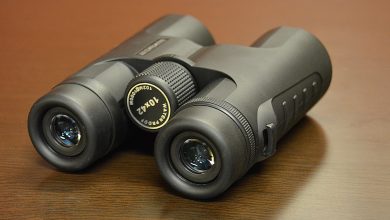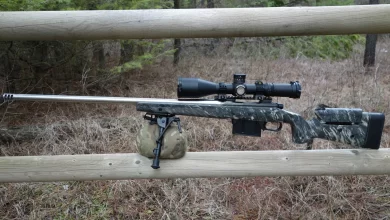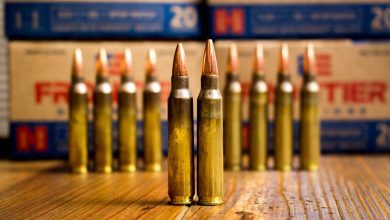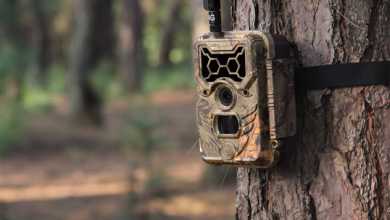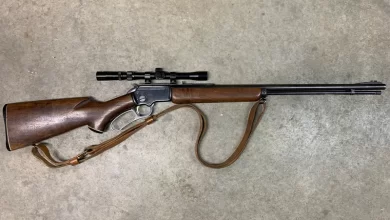Spotting Scope Magnification For 1000 Yards: A Buyer`s Guide
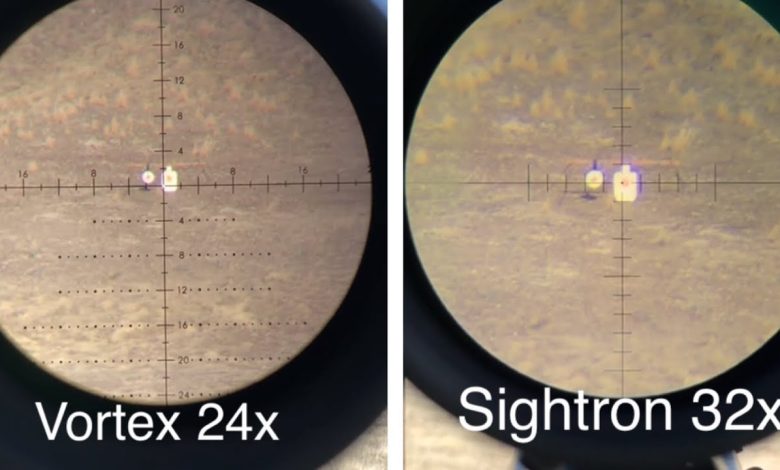
A Curated Guide to Help Pick up the Best Spotting Scope Magnification For 1000 Yards:
Enjoying something up close and personal is always a pleasure. Nature is one such thing that is best enjoyed up close and personal. At times though, being at a distance from the action will help in preserving the essence of it. In these situations, scopes come in handy. Magnification is one of the most valued applications for a scope. A lot can go unplanned while buying a scope. This guide will help you in picking up a spotting scope magnification for 1000 yards wisely.
Scopes now a day are very versatile. They can be attached to a various number of different appliances and put to different uses. From rifles to smartphones, scopes can be attached to a lot of things. According to surveys, long-range magnification is the most wanted feature in a scope. A lot of factors come together to make a scope do its work correctly. For example, the quality of glass, the range of magnification, provides a field of view, to name a few. This guide will thoroughly explain each aspect to look out for.
Important Factors to Keep In Mind While Buying A Spotting Scope Magnification For 1000 Yards:
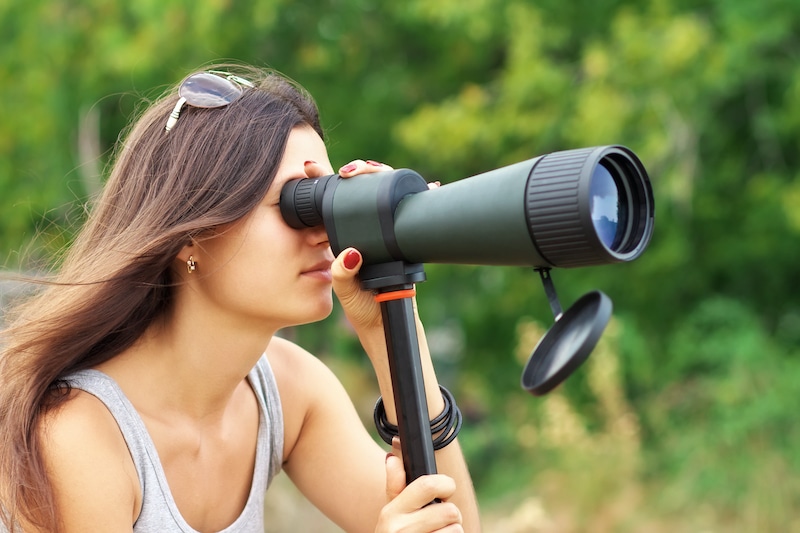
Some of the key factors that differentiate the excellent scopes from the not so good ones are given below. The scopes should comply with these to provide the best results.
The magnification provided by the scope: Magnification can be explained as the number of times larger the image produced by the scope is when compared to the real image. Usually, a single scope provides a specific range of magnification. The magnification is stated by a number followed by an ‘x’; for example, 10x means ten times magnification. This means an object 10 yards away will look ten times larger than with the naked eye. To correctly see an object 1000 yards away, the best magnification is 20x to 60x. Anything below 20x will provide very low magnification.
The largest magnification can extend further then 60x without a problem.
The magnification of scope is specified along with the size of its objective lens. Usually, it is written as follows- 20-60x 80mm. The number before ‘mm’ denotes the size of the objective lens. It should not be confused with the magnification of the scope.
Type of glass used:
Magnification helps in portraying a larger image while the quality depends on the type of glass used in the scope. To select the best quality glass, you need to look out for the following tips:
- The glass should be manufactured in Europe, especially Germany or Japan, as they make the highest quality glass. The Philippines produces medium-quality glasses. China makes the most inferior quality glasses.
- Glasses made of a fluoride compound should be considered.
- The glasses labeled ED should be considered. ED stands for extra-low dispersion. The lower the dispersion, the more color accurate it will be. Hence ED glasses will provide better quality images.
- The diameter of the objective lens should be kept in mind. The higher the diameter in ‘mm’, the more light will pass through it, which will result in a brighter image.
Field of view provided by the scope:
The field of view is the horizontal distance you can see through a scope. For spotting scope magnification for 1000 yards, the wider the field of view, the better it will be. If the object in consideration is moving, an area of view between 14o to 200 feet will be ideal. If the object is stationary, then a slightly narrower field of view will also do. In the case of moving objects, a wider field of view will help track them more easily.
Eye relief specified by the scope:
The field of view of the scope also depends on the eye relief. Eye relief specifies the distance between your eye and the eyepiece of the scope that needs to be kept to get the full field of view. Therefore the eye relief should correspond with the field of view.
The exit pupil of the scope:
The exit pupil of the scope denotes the wideness of the circular image forming arrays of light. The wider the exit pupil, the more light will fall on your iris. This will provide a brighter image. Along with that, it will also give freedom of eye placement on the optical axis.
Weight of the scope:
The importance of the scope contributes less to the Image quality but more to the longevity and portability. A spotting scope magnification for 1000 yards should be well built. The use of industry-grade materials should be done. This will help it survive longer in harsh conditions. At the same time, it should not be too heavy. If the scope is on the heavier side, then it will be harder to carry around.
Waterproofing of the scope:
Nature is unpredictable. The scope can be subjected to rain, moisture, or splashes at any time. The waterproofing of scope is essential for its survival in the wild. Without waterproofing, it will take mere months for it to become rusty. As time passes by, the glasses on the scope will also degrade. This will make the scope unusable after some time.
Best Spotting Scope for 1000 Yards and Beyond
Summary
Following the tips are given above, the best among all the choices available at hand for spotting scope magnification for 1000 yards can be selected. The most important of them is the magnification and the glass being used in them. These two factors will directly affect the image quality of the scope. The other factors will contribute to a varying degree. Some of the well-known brands regarding glass are Zeiss, Lecia, Swarovski. The price of the scope should not be taken into consideration. This is because price and quality have a direct relation in regards to scope. The cheaper Chinese scopes are dreadful and provide shallow quality.
